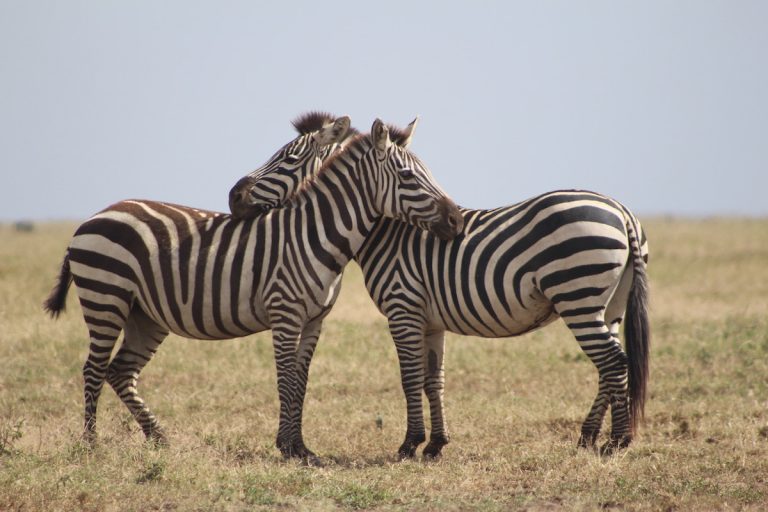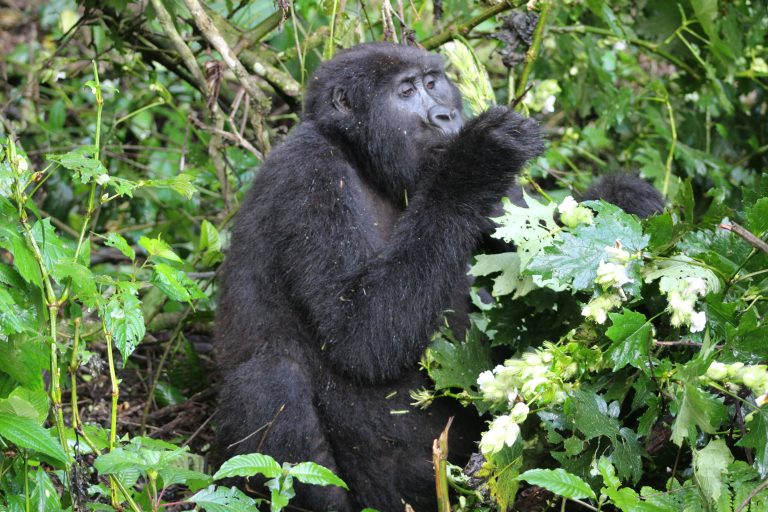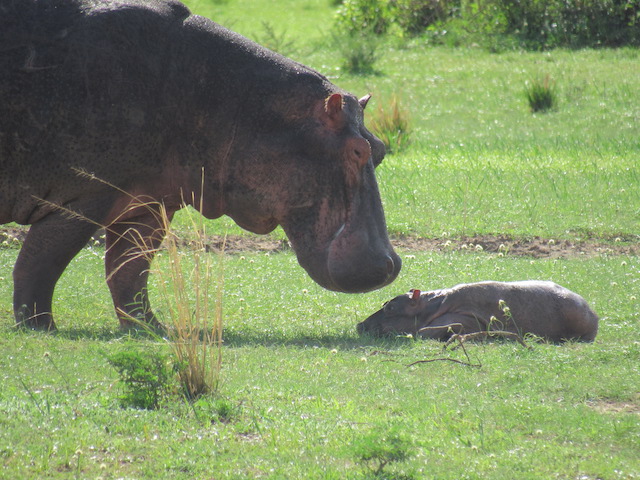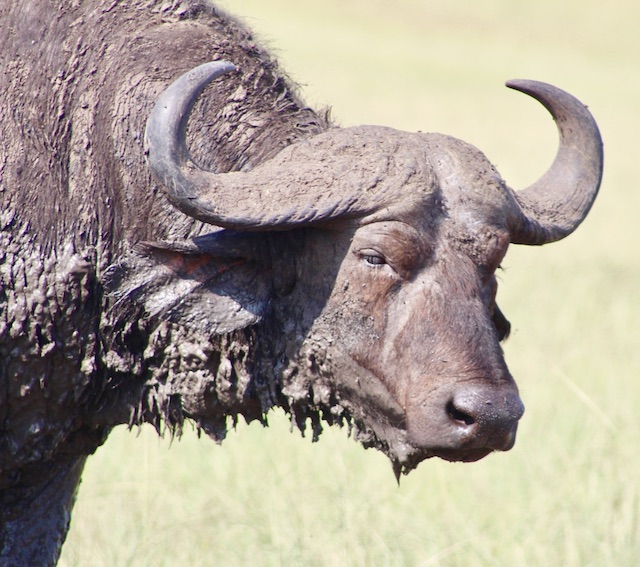When planning an African photo safari, consider Tanzania as the ideal African vacation. The country features a wide range of landscapes and cultures that will take your breath away with their natural beauty. Tanzania is enthralling in its newfound popularity as an extremely hot photography safari destination, with snow-capped mountain peaks, ‘Big Five’ safaris, and gorgeous tropical islands. The list of iconic Tanzanian photographic destinations is almost endless: ranging from the Serengeti plains and steep-sided Ngorongoro Crater to the flamingos of Lake Manyara and giant tuskers of Tarangire: to idyllic Zanzibar and traditional Pemba to the wild landscapes of Ruaha, Katavi, and Nyerere park (formerly Selous). Another unique photographic destination in Tanzania is the Mahale Mountains, with its habituated chimps and Lake Tanganyika location. Furthermore, Tanzania’s various mountains and volcanoes such as the world-renowned Kilimanjaro to the restless Ol Doinyo Lengai volcano ensure that this is a country that has photographers salivating at the mere thought of a visit.
What to Expect on a Tanzania Photo Safari
Tanzania photo safaris will take you to some of Tanzania’s most productive wildlife hotspots. Tanzania is regarded as one of the top wildlife viewing places in Africa and is well-known for its yearly great migration, the big five, and big cats, which include numerous lions, leopards, and cheetahs. You will have the opportunity to shoot and discover the rich wildlife and vivid scenery of the Serengeti, Tarangire, and Ngorongoro Crater on your unique wildlife expeditions.
Most Tanzania photo safaris guarantee near-daily encounters with African big cats and you have the opportunity to capture these. Moreover, get an opportunity to photograph the lions stalking their food while the fastest animal on the planet, the incredible cheetah, pursues down its meal of the day at top speed.
Planning for a Tanzania Photo Safari
A Tanzania photo safari is always more expensive than any other safari because there are fewer people on a photo safari. Regardless of the cost of the safari, you will have a great experience traveling from one location to another. You must, however, be prepared for dust during the dry season and rain during the rainy season, so bring some protective gear for your cameras.
Our Photography safaris are done from a private car with like-minded folks who will not move during important periods and are also glad to be out before daybreak and returning after dusk. The safari is conducted by a guide who is a professional photographer and has previously escorted photographers in the wild. The guide makes a tremendous difference in terms of positioning the vehicle correctly, getting the light perfect.
You have full access to the vehicle to ensure that there is no conflict of interest and that you are the master of your photographic destiny. On the outskirts of parks and game reserves, where dangerous species and safety are less of a worry, it is much easier to explore and photograph on foot and at your own pace. Traveling with numerous camera bodies coupled with different lenses is an excellent idea on safari: since it eliminates the need to change lenses, which allows dust to get inside the camera. More so, have plenty of extra memory cards, backup batteries, and a solar charger with you when you travel (because it’s difficult to try and charge batteries halfway up a volcano).
Photographic Safari Equipment
For a perfect Tanzania Photo safari, you will require good cameras with focal lengths ranging from 200-600mm or more if you use a full-frame DSLR or mirrorless camera. If you are using a crop-sensor camera, adjust the focal lengths. There is also a wide-angle lens suitable for landscape photography and a short focal length telephoto suitable for some wildlife scenarios (for example, very close elephants and other mammals, or groups of animals). There will be very limited possibilities to use a macro lens in this case.
If you carry a high-quality bridge camera, it should have an optical zoom of 18-20x or more and a suitable wide angle at the opposite end of the zoom range. Ensure to pack plenty of extra batteries. Because dust is ubiquitous in northern Tanzania, cleaning supplies are essential. A beanbag can come in handy for wildlife photography from the automobile.
Best time for a Tanzania Photo Safari
The time of year you choose for your photographic safari is most likely the most important and difficult decision you will make. On one hand, the late dry (May to July) season provides excellent wildlife watching and the Great Wildebeest Migration, but it also brings smoky and dusty conditions, as well as dark brown and drab grey backgrounds. During the green season (wet season) on the other hand, when the regenerated bush comes back to life, there is a profusion of color, and the clarity after the rains is second to none, but wildlife is dispersed and great sightings can be difficult to come by. This is the time of year to focus on landscape and bird photography.





